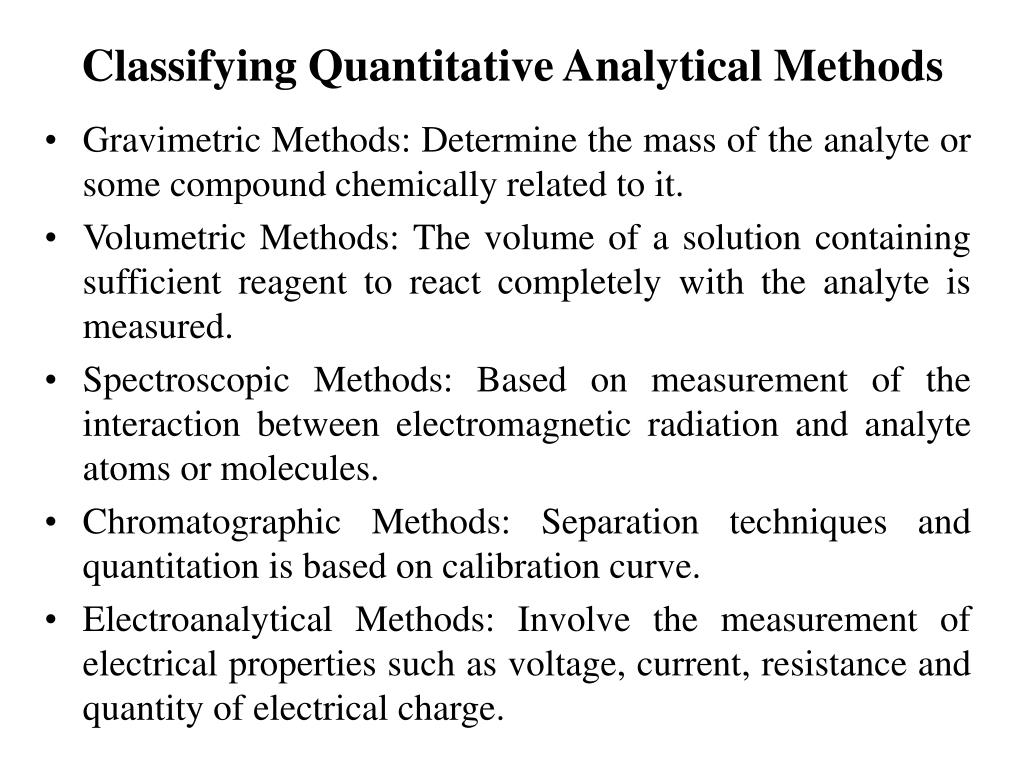

Introduction of scientific bases for the conversion of environmentally hazardous industries into enterprises of a closed production cycle.ġ3. Respect for the rights of all nations and nationalities residing in the country.ġ2. The introduction of endangered languages in the scientific revolution.ġ1. Strengthening the presence of national languages in the production of a scientific product.ġ0. Preservation and promotion of folk traditions, folklore, epos.ĩ. Preservation and enhancement of national traditions of production.Ĩ. Increasing attention to the needs of socially vulnerable groups of the population.Ħ. Lifelong education for the entire population of the country.ĥ. Strengthening the role of the older generation in the transfer of knowledge and experience to future generations.Ĥ. Improvement of the younger generation - the nation’s gene pool.ģ. Promoting and strengthening cooperation between different nations and societies.Ģ. Who, however, helped the development of science.ġ.1. PhD students, PhD scholars and PhD candidates - corresponding members, masters and bachelor - advisers of our academy. The structure of the Academy includes institutes of individual valid and honorary, as well as collective membership. Each member of the Academy at the same time is a member of the science branch and representative office of his country in our Academy.

In turn, the Large Presidium includes academicians-secretaries of branch of science offices, as well as branches marking the countries of the world. The Small Presidium, which includes our Academy, is part of a Large Presidium. We whole heartedly welcome our friends!!! A recipient of the Connecticut State University Trustees Teaching Award, she has mentored many emerging researchers, several of whom have won local and regional research awards and have published their research." Marianne Fallon, Ph.D., is an Associate Professor of Psychological Science at Central Connecticut State University and has taught undergraduate Research Methods for over 10 years. “Kudos to Fallon for writing a very thorough and readable foundational text for beginning researchers!” – Linda Behrendt, Associate Professor of Human Development and Family Studies, Indiana State University It is a MUST HAVE handbook for students in the social and behavioral sciences …” – Carolyn Fallahi, Professor of Psychological Science, Central Connecticut State University “Writing up Quantitative Research in the Social and Behavioral Sciences is not your typical book. Graduate students who are preparing to work on their master’s thesis will get a lot out of this book.” – Damon Mitchell, Professor of Criminology and Criminal Justice, Central Connecticut State University “This book covers the ‘how to’ of writing research projects in a highly engaging manner. Filled with contemporary references to pop culture … key concepts are creatively introduced.” – Diana Cohen, Associate Professor of Political Science, Central Connecticut State University “Fallon brings much-needed accessibility to the daunting world of quantitative methods. Individual students and novice researchers can also read the book as a supplement to any course or research experience that requires writing up quantitative data. Writing up Quantitative Research in the Social and Behavioral Sciences is appropriate for research methods classes in communication, criminology or criminal justice, economics, education, political science, psychological science, social work, and sociology. The final section contains sample papers generated by undergraduates illustrating three major forms of quantitative research – primary data collection, secondary data analysis, and content analysis.
#Quantitative tools for data analysis series
After reinforcing foundations in methodology, statistics, and writing in the first section of the book, emerging researchers work through a series of questions to construct their research report. Infused with multidisciplinary examples, humor, and a healthy dose of irreverence, Fallon helps emerging researchers successfully navigate the intellectual and emotional challenges of writing quantitative research reports. "The Teaching Writing series publishes user-friendly writing guides penned by authors with publishing records in their subject matter.


 0 kommentar(er)
0 kommentar(er)
